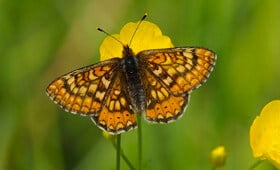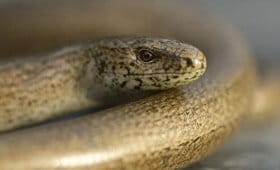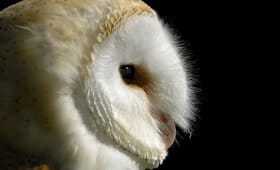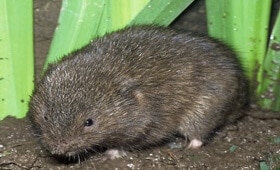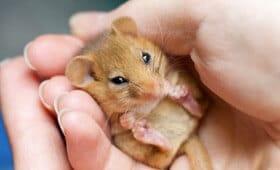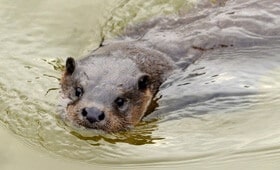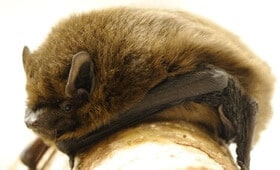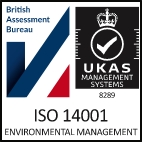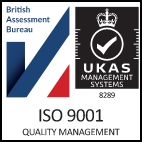All bats are protected by law, as European Protected Species (EPS), and it is necessary to undertake bat surveys for many developments. Bats are also strictly protected under UK law by the Wildlife and Countryside Act 1981 and by the Habitats and Species Regulations 2010.
Local planning authorities have a duty to make sure that proposed developments will not affect the favourable conservation status of an EPS. This means that if a site has potential to support bats, and/or there is a possibility that a proposal may affect these species, the planning authority will need to receive a detailed survey report and mitigation proposals as part of a planning application.
There are two main types of survey which may need to be undertaken, depending on the nature of the development:
- Roost surveys, if buildings are to be affected (preliminary visual appraisal, possibly followed by emergence surveys)
- Activity surveys, for proposals affecting habitats that may be used by foraging or commuting bats (e.g. fields, hedges and woodland)
CEC can help by carrying out surveys to establish if bats or nesting birds, including barn owls, are present on a proposed site. If bats, nesting birds or barn owls are present, then that does not mean that a development cannot proceed. However, special measures will need to be put in place to mitigate impacts.

